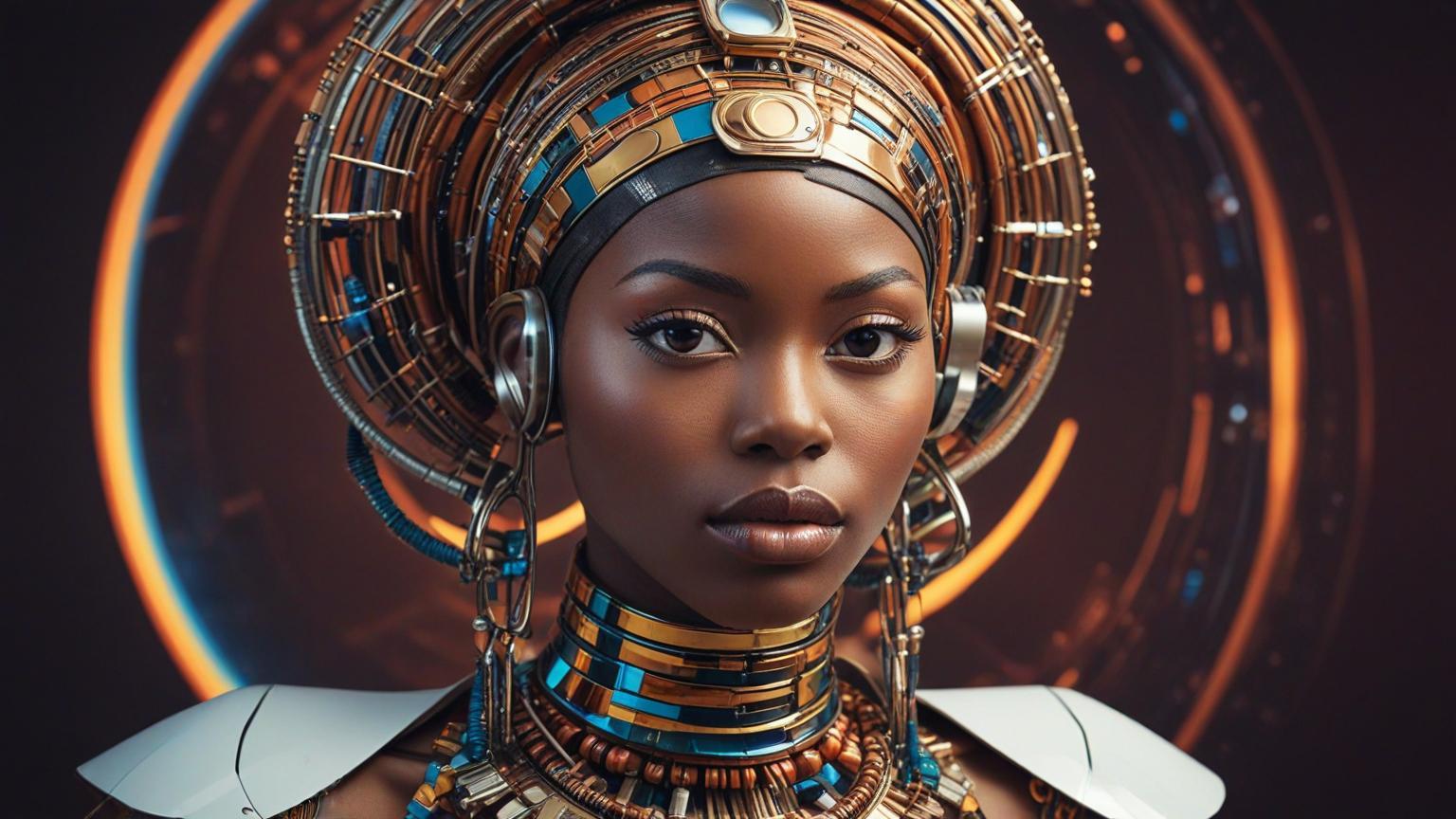In recent years, the resurgence of afrofuturism has marked a turning point in how black identity is expressed through fashion and music. This cultural aesthetic, which draws on science fiction, technology, and the African diaspora, has permeated every corner of the creative world, from the haute couture runways of Paris to the bustling streets of New York. Artists and designers alike are exploring this transformative narrative, weaving rich tapestries of tradition and innovation.
At its essence, afrofuturism challenges the dominant narrative by reimagining the past and visualizing a future where black culture is central, futuristic, and empowered. It is an artistic movement that asserts a presence, creating a vibrant new lexicon of styles and sounds. Musicians like Janelle Monáe, Solange, and Flying Lotus have become torchbearers for this movement, their work often described as a blend of the ancient and the futuristic. These artists take inspiration from mythology, science, and speculative fiction to create their visionary interpretations of afrofuturism, using music as a platform for social change.
One cannot discuss afrofuturism without mentioning the legendary influence of Sun Ra and his Arkestra, who melded jazz with outer space themes, laying the groundwork for today's creatives. His philosophy was not just about music but about creating a world where black people were seen as innovators, pioneers charting new territories. This vision resonates with contemporary designers who utilize technology alongside traditional African garments to craft unforgettable collections.
Designers like Virgil Abloh, Grace Wales Bonner, and Selly Raby Kane have embraced afrofuturism, infusing their designs with elements that transcend time and geography. They experiment with bold silhouettes, intricate beadwork, and futuristic fabrics, often incorporating hints of traditional African attire within a modern context. These designs offer a visual narrative that harmonizes with the groundbreaking music of this genre.
The impact of afrofuturism is not limited to fashion and music but extends into cultural dialogue, sparking conversations about identity, heritage, and the future. Films like "Black Panther" have catapulted afrofuturism into the global consciousness, portraying a technologically advanced African nation untouched by colonialism. Such depictions encourage exploration into the potentialities of an inclusive future where black culture thrives and innovates.
Afrofuturism also influences the burgeoning world of virtual reality and digital art, where artists create immersive experiences that transcend conventional constraints of identity. With technology offering new canvases for expression, afrofuturism's core themes continue to flourish, challenging how we perceive race, technology, and culture.
In an era where identity is often contested, the rise of afrofuturism not only reclaims narratives but celebrates them. The fashion and music industries are pivotal in showcasing this vibrant transformation. They provide a platform for voices that have historically been marginalized, crafting new spaces for artistic experimentation and dialogue.
As afrofuturism continues to evolve, it encourages us all to consider what the future of fashion and music might look like. It blurs the lines between fantasy and reality, offering a glimpse into what can be achieved when creativity knows no bounds. The current dialogue between fashion, technology, and music inspired by afrofuturism is just the beginning. It leaves us excited and inspired for a future that is as rich, diverse, and innovative as the ideas it seeds today.
Through fashion shows, music festivals, and digital domains, afrofuturism continues to leave an indelible mark on our cultural landscape. This movement offers a brilliant tapestry woven with threads of innovation and tradition, pushing us to think about the possibilities a future enriched by diverse stories might hold.
Embracing Afrofuturism: The intersection of fashion, music, and culture

